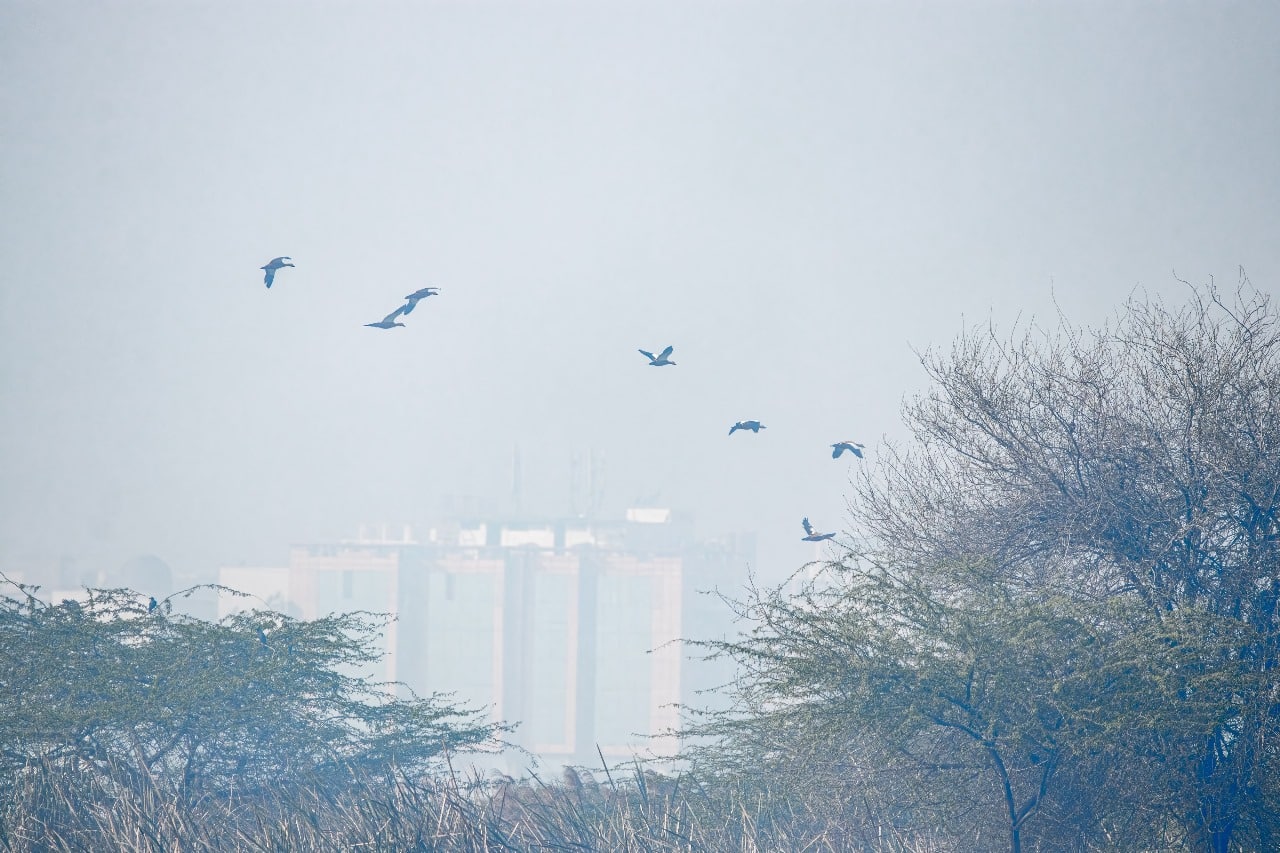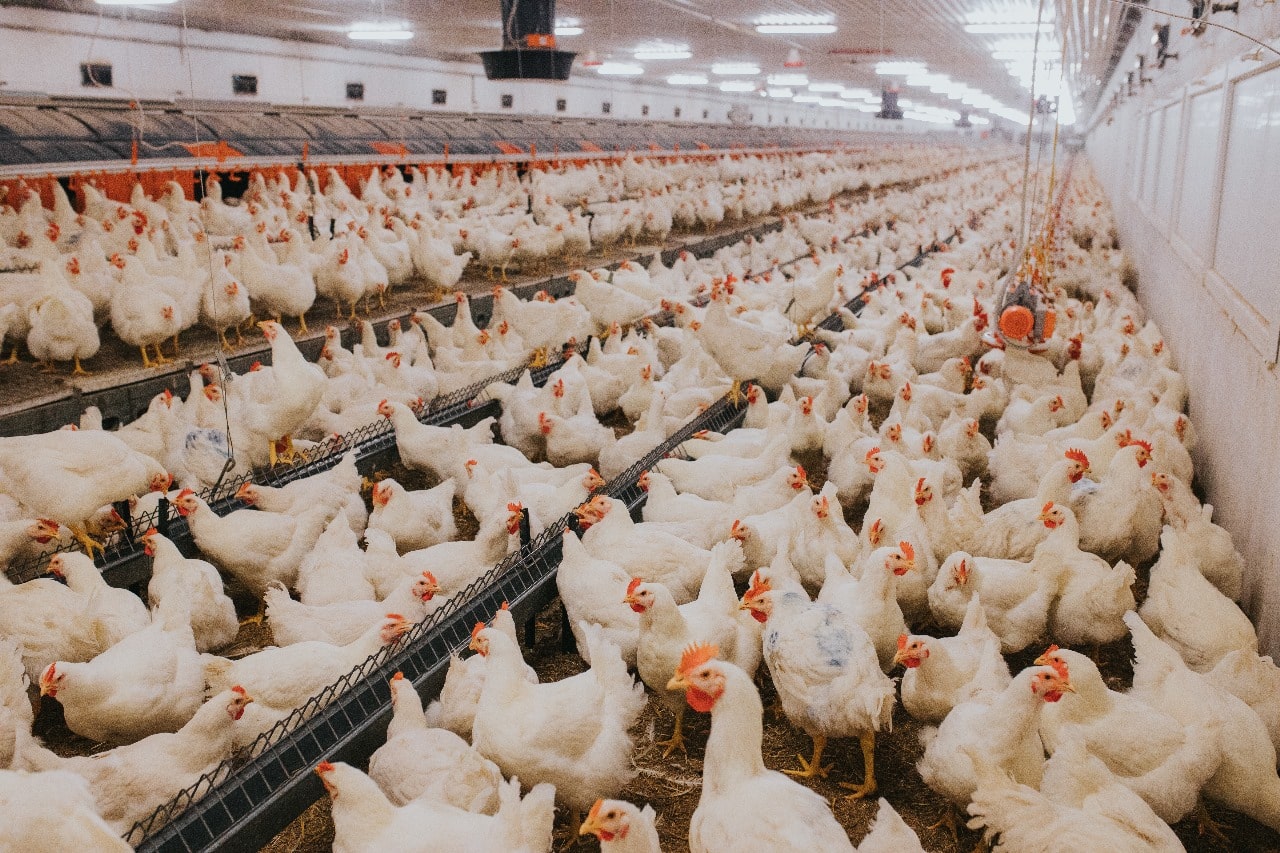SMOG can have hazardous effects on poultry, If we look at its composition smog is a mixture of:
1. Particulate Matter (PM)
2. Nitrogen Dioxide (NO2)
3. Sulfur Dioxide (SO2)
4. Ozone (O3)
5. Volatile Organic Compounds (VOCs)
Effects of Smog on Poultry:
<h2>Respiratory Problems:<h2> PM and gases irritate trachea and lungs,it damages Celia and causing coughing, wheezing, and pneumonia which can be flared up due to wrong seasonal ventilation which is quite tricky nowadays due to day and night fluctuations of temperature.
Reduced Growth Rate:~ Air pollution stresses birds, decreasing weight gain and feed efficiency.
<h2>Increased Mortality:<h2> Severe smog exposure can lead to increased mortality rates.
<h2>Immune System Suppression:<h2> Smog weakens the immune system, making birds more susceptible to diseases and acts as facilitators for opportunistic bacteria and viruses.
<h2>Egg Production Decline:<h2> Smog exposure reduces egg production and quality.
<h2>Stress and Behavioral Changes:<h2> Smog can cause stress, leading to changes in behavior, such as increased aggression.
<h1>Factors Increasing Smog’s Impact on Poultry:<h1>
<h2>Concentration and Duration:<h2>Higher concentrations and longer exposure times worsen effects.
<h2>Ventilation Systems:<h2>Poor ventilation in poultry houses exacerbates smog’s impact.
<h2>Temperature and Humidity:<h2> Extreme temperatures and humidity levels increase smog’s effects.
<h2> Bird Age and Health:<h2>Young or compromised birds are more susceptible to smog’s effects.
<h1>Strategies<h1>
Ventilation Management: Ensure proper ventilation rates and air exchange.
Smog Alert Systems : Monitor air quality and adjust management accordingly.
Bird Housing Design: Design houses to minimize smog entry.
Nutritional Supplements: Provide antioxidants and immune-boosting supplements.
Treatment For Secondary Infections: Tylosin , Doxycycline, Erythromycin.
<h2>Manage to check:<h2>
Air Quality Index (AQI) Monitor on a daily and peak hourly basis.
In order to counter the effects of secondary infections use following products of DMG.
- TB-DOX
- Norcotyl
- Tiachlor
- Brolin-S




